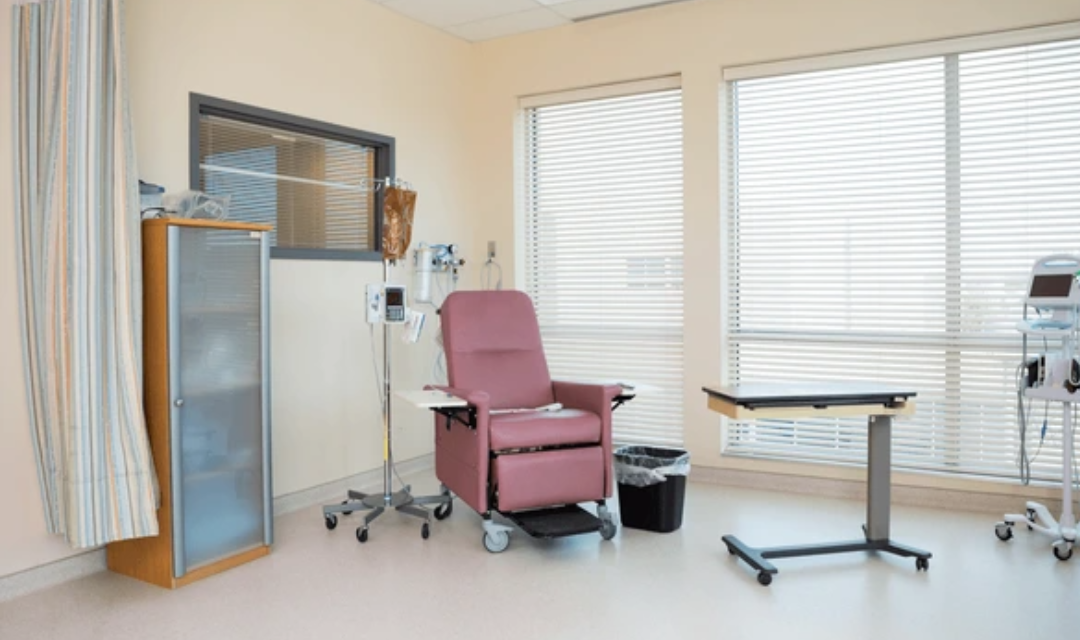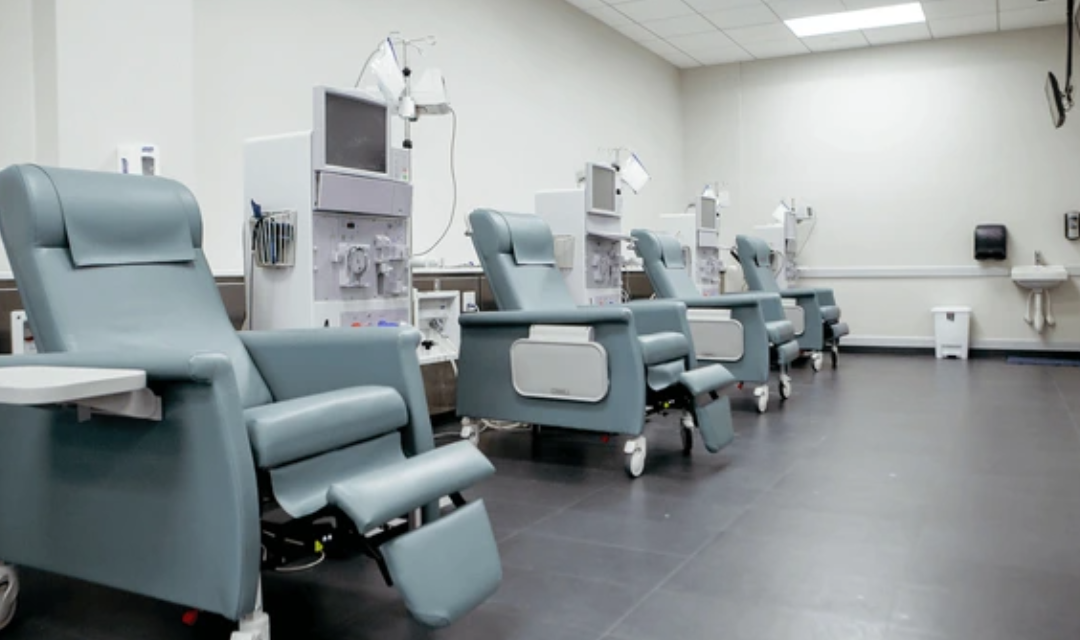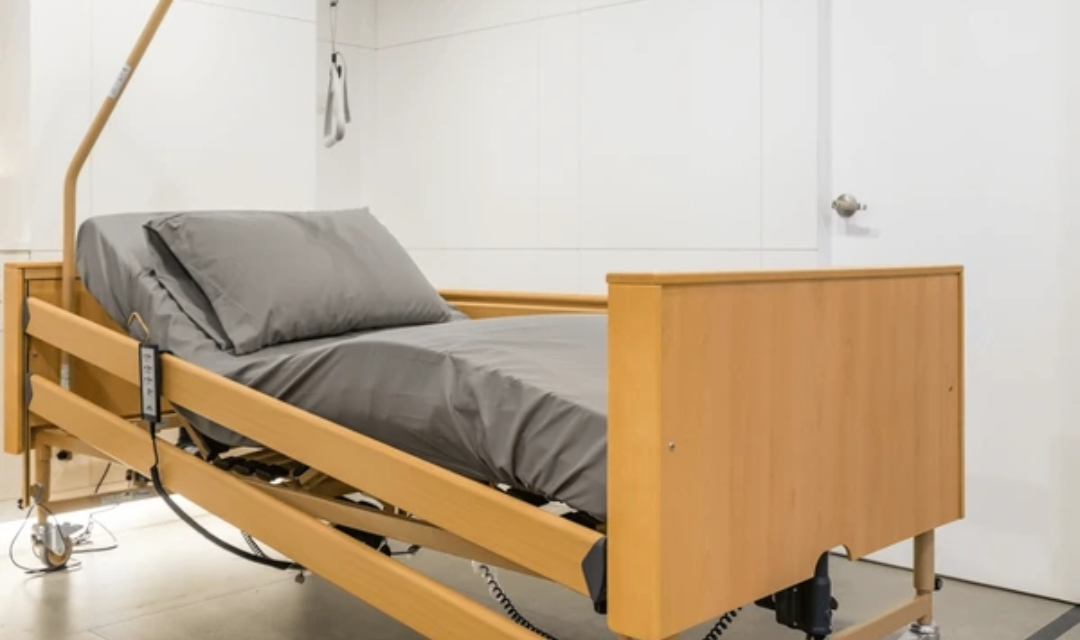13
Aug
Hospital Bed Accessories & Patient Room Care Solutions: The Complete, Practical Guide
A calm, safe, and efficient patient room doesn’t happen by accident—it’s engineered. The right patient care equipment transforms daily tasks into predictable, low‑risk routines for both the user and the caregiver. This guide breaks down the core patient care solutions that drive comfort, pressure relief, mobility, and safety in home and facility settings alike.
Quick Safety Framework
- Prevent falls and shearing: Keep transfer paths short, surfaces stable, and heights appropriate (bed-to-chair, chair-to-toilet).
- Protect skin: Match the mattress to risk profile; add heel protection and reposition schedule.
- Preserve independence: Choose rails, assist bars, trapeze, and transfer aids that allow the person to do as much as safely possible.
- Safeguard caregivers: Use equipment that reduces lift loads, awkward reaches, and twisting.
Bedside Essentials Overview
Every safe room typically includes five building blocks of patient care equipment:- Bedside support (rails/assist bars)
- Pressure‑relief support (clinical mattress)
- Surface for meals & tasks (overbed table)
- Seating for rest & therapy (geri chair)
- Mobility & transfers (trapeze, lifts, standing aids)
Medical Bed Rails & Assist Bars
Purpose: Safer bed entry/exit, repositioning, and fall‑risk reduction when used correctly. Best for: Users who need leverage to roll, sit, or stand; those at moderate fall risk; caregivers needing stable handholds.- Types & use cases
- Half‑length rails: Leverage for bed mobility and reminders against rolling; easier access for care tasks.
- Full‑length rails: Greater coverage; often used for higher risk users—evaluate entrapment risk carefully.
- Pivot/assist bars: Compact, rotate out of the way; ideal for frequent in‑out transfers.
- Key selection factors
- Bed type (fixed vs. adjustable deck), rail compatibility and mount style.
- Gap management and entrapment risk—ensure proper spacing, mattress fit, and rail height.
- Locking mechanisms, durability, cleanable surfaces.
- Pro tip (caregiver): Combine rails with a non‑slip floor mat and a night light to reduce nocturnal fall risk.
Medical Bed Mattresses (Pressure Relief & Comfort)
Purpose: Maintain skin integrity, distribute pressure, manage microclimate, and improve sleep—core to all patient care solutions. Best for: Anyone with limited mobility, fragile skin, diabetes, vascular disease, or extended bed time.- Mattress categories
- High‑density foam (pressure redistribution): Stable surface, low maintenance, good for low‑to‑moderate risk.
- Alternating pressure (AP): Cycles air cells to offload tissues; suitable for moderate‑to‑high risk.
- Low air loss (LAL): Airflow helps moisture/heat control; often paired with AP for high risk.
- Hybrid foam‑air: Mixes foam stability with dynamic therapy.
- Key selection factors
- Risk level (Braden‑style considerations), weight capacity, cell design, heel protection, cover materials, CPR dump, alarms.
- Care setting (home vs. facility), noise tolerance, service/repair access.
- Pro tip (caregiver): Set reminders to inspect heels, sacrum, and device contact points daily.
Overbed Tables (Work, Meals, Hygiene)
Purpose: Stable surface for meals, hydration, devices, wound care supplies, and hygiene—keeps essentials within safe reach. Best for: Users with limited mobility; rooms where clutter leads to falls.- Types & use cases
- H‑base rolling tables: General purpose, height‑adjustable; slide under bed or recliner.
- Tilt‑top tables: Reading/devices; combine with raised edges to prevent slips.
- C‑base/low‑clearance: For beds and chairs with limited under‑clearance.
- Key selection factors
- Height range, base clearance, top dimensions/edges, weight rating, smooth casters, one‑hand gas spring.
- Easy‑clean laminate, drip resistance, accessory hooks or cup wells.
- Pro tip (caregiver): Assign zones on the tabletop (medications, hygiene, snacks) and label; this reduces errors.
Three‑Position Geriatric Recliner Chairs
Purpose: Alternate posture for skin relief, lung expansion, therapy, and social engagement; a key piece of patient care equipment. Best for: Long‑sitting users, post‑op recovery, edema management, or those needing caregiver‑assisted recline.- Positions
- Upright: Meals, conversation, activities.
- TV/reading: Mid‑recline for comfort with trunk support.
- Deep recline: Pressure redistribution and rest.
- Key selection factors
- Patient height/weight, seat width/depth, legrest design, side trays, oxygen tank/IV pole compatibility, cleanable upholstery, brake quality.
- Pro tip (caregiver): Schedule timed posture changes (e.g., every 2 hours) to complement mattress therapy.
Trapeze Bars for Bed Mobility
Purpose: Over‑bed assist to boost self‑repositioning, bed mobility, and controlled sit‑to‑stand prep. Best for: Users with sufficient upper‑body strength who benefit from assisted scooting and pivoting.- Types
- Free‑standing floor trapeze: Works with most beds; relocatable.
- Bed‑mounted trapeze: Space‑saving; verify bed compatibility and load rating.
- Key selection factors
- Working load limit, adjustable boom height/reach, stable base, padded grips, easy‑clean hardware.
- Pro tip (caregiver): Pair with a slide sheet to reduce shear when repositioning.
Patient Transfer Devices & Standing Aids
Purpose: Move safely between surfaces (bed–chair–toilet–shower) and enable supported gait or standing practice. Best for: Users with partial weight‑bearing ability, balance deficits, or caregivers at risk of back strain.- Categories & fit
- Manual/hydraulic lifts: Versatile, budget‑friendly; require slings and caregiver pump action.
- Powered lifts: Push‑button lifting; ideal for frequent transfers or heavier users.
- Sit‑to‑stand (STS) lifts: For users who can bear some weight; great for toileting and standing therapy.
- Stand assist/devices & transfer boards: Short moves when user has trunk control; match to gap/height and surface type.
- Key selection factors
- User weight/height, sling style (full‑body/divided/toileting), turning radius, leg spread, braking, scale option, battery/service access.
- Pro tip (caregiver): Standardize slings by size/color coding; keep one spare per size.
Setup & Sizing: Measurement Cheat Sheet
- Bed to chair height difference: Aim ≤ 1 inch for easier lateral or pivot transfers.
- Overbed table height: Elbows at ~90° when seated upright.
- Rail height: When mattress is compressed, top of rail should still provide a safe handhold without creating large gaps.
- Clearances: Maintain a clear 36" pathway from bed to bathroom or chair whenever possible.
Caregiver Workflow Tips (Reduce Strain & Risk)
- Arrange the room to minimize turns; place frequently used items on the access side of the bed.
- Use friction‑reducing devices (slide sheets, turning wedges) before muscle power.
- Lock wheels before transfers; unlock only to move.
- Count down before each move; confirm roles and steps.
Cleaning, Maintenance & Replacement Intervals
- Mattresses & covers: Wipe daily; deep clean per manufacturer; replace covers when cracked or non‑sealing; inspect air hoses/filters monthly.
- Rails/assist bars & trapeze: Check fasteners weekly; tighten loose mounts; disinfect contact points.
- Overbed tables: Clean after meals; inspect casters and gas assists quarterly.
- Geri chairs: Inspect brakes, padding, seams; address fluid ingress promptly.
- Lifts/standing aids: Battery checks, charger tests, sling laundering logs; retire frayed slings immediately.
FAQs: Real‑World Questions & Clear Answers
What patient care equipment is essential to set up a safe hospital‑style room at home?
Start with an adjustable bed, a clinical mattress matched to skin‑risk, a reliable bedside rail/assist bar, an overbed table for meals/meds, and a transfer solution (lift or standing aid) that fits the user’s strength and the home layout.Are bed rails safe—and how do I choose the right medical bed rails?
They’re safe when fitted correctly, with compatible mattresses and proper gap management. Choose half‑rails or pivot bars for access; confirm mount style and load rating; add lighting and non‑slip flooring.Which patient care solutions help prevent pressure injuries the most?
A properly selected mattress (foam/AP/LAL) plus scheduled repositioning, heel offloading, moisture control, and posture changes using a geri chair.Do I need an overbed table if I already have a nightstand?
Yes—nightstands aren’t height‑adjustable and don’t roll over the bed. Overbed tables reduce reaching, spills, and falls while supporting meals, wound care, and device use.Who benefits most from a three‑position geri chair?
Users who need reliable postural support with easy recline for pressure relief, edema management, respiratory comfort, and social engagement outside the bed.When is a trapeze bar appropriate?
When the user has adequate upper‑body strength for assisted repositioning. It reduces caregiver strain and encourages independence.How do I choose between a sit‑to‑stand lift and a full‑body lift?
If the user can bear some weight and follow cues, an STS lift works well (especially for toileting). For low weight‑bearing or poor trunk control, a full‑body lift with the correct sling is safer.What measurements matter before ordering patient care equipment?
User height/weight, bed deck size, floor clearance for tables and lifts, door widths/turning radius, and the height differences between transfer surfaces. Helpful category links:- Medical bed rails & assist bars: https://medmobilityhomecare.com/product-category/hospital-bed-accessories/
- Medical bed mattresses: https://medmobilityhomecare.com/product-category/medical-bed-mattress/
- Overbed tables: https://medmobilityhomecare.com/product-category/medical-bedside-table/
- Three‑position geri chairs: https://medmobilityhomecare.com/product-category/geri-chair-recliner/
- Trapeze bars: https://medmobilityhomecare.com/product-category/medical-trapeze-for-hospital-bed/
- Patient transfer & standing aids: https://medmobilityhomecare.com/shop-patient-transfer-solutions/
Final Thought
The best patient care solutions are the ones people actually use every day. Choose equipment that fits the user’s abilities, the room’s geometry, and the caregiver’s workflow, and you’ll create a safer space that preserves dignity, comfort, and independence.More Resources
Best Hospital Bed Mattress Buying Guide: Top Picks, Expert Comparisons & Essential Tips
Medical Beds for Sale: The Complete Homecare & Long-Term Care Buying Guide
Best Bed for Elderly at Home: A Condition-Based Comparison Guide (Real-World Picks & Setup Tips)
Share:







